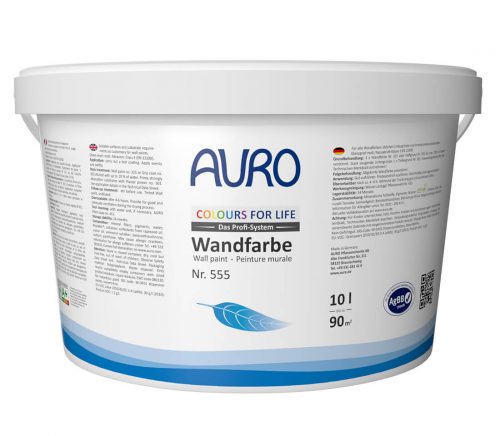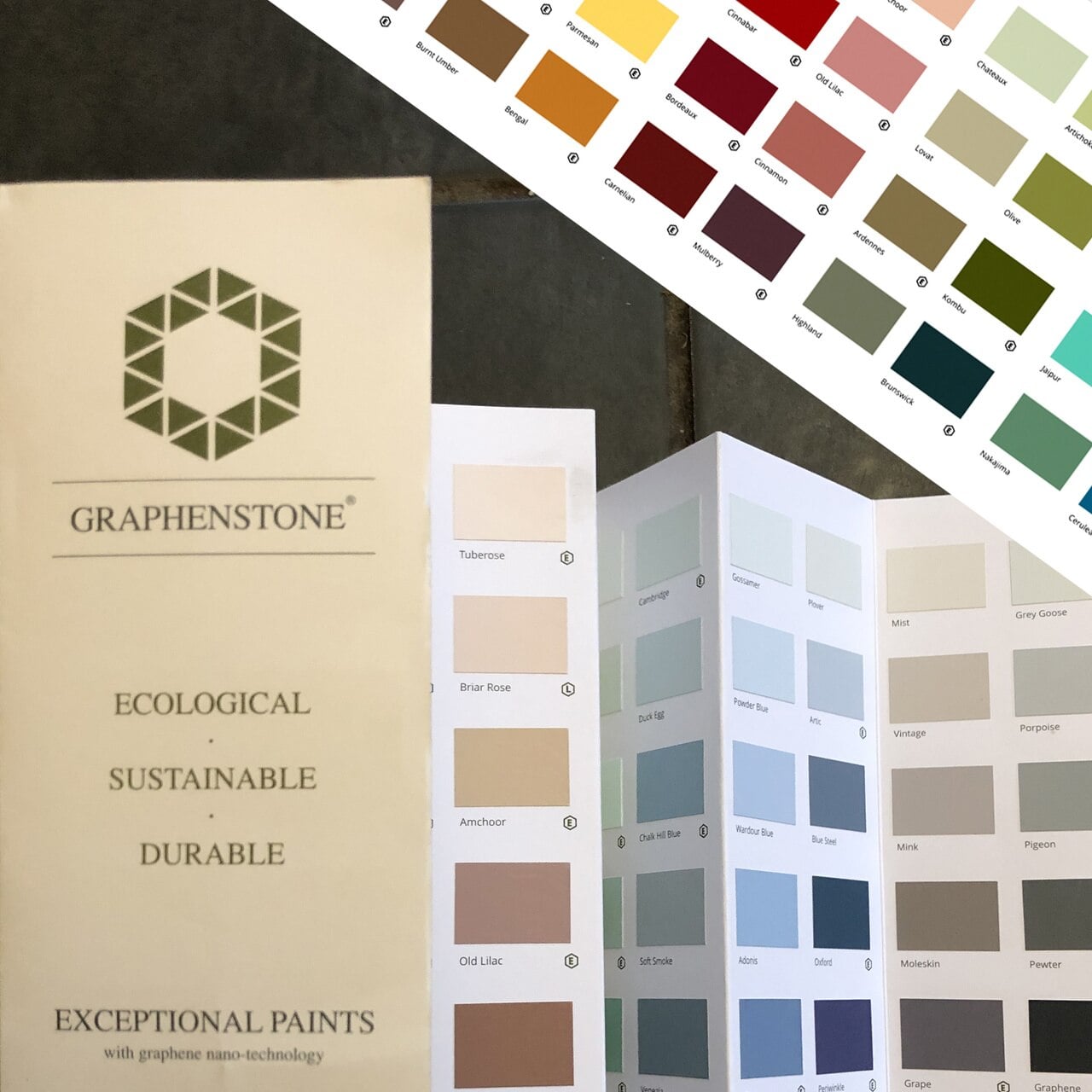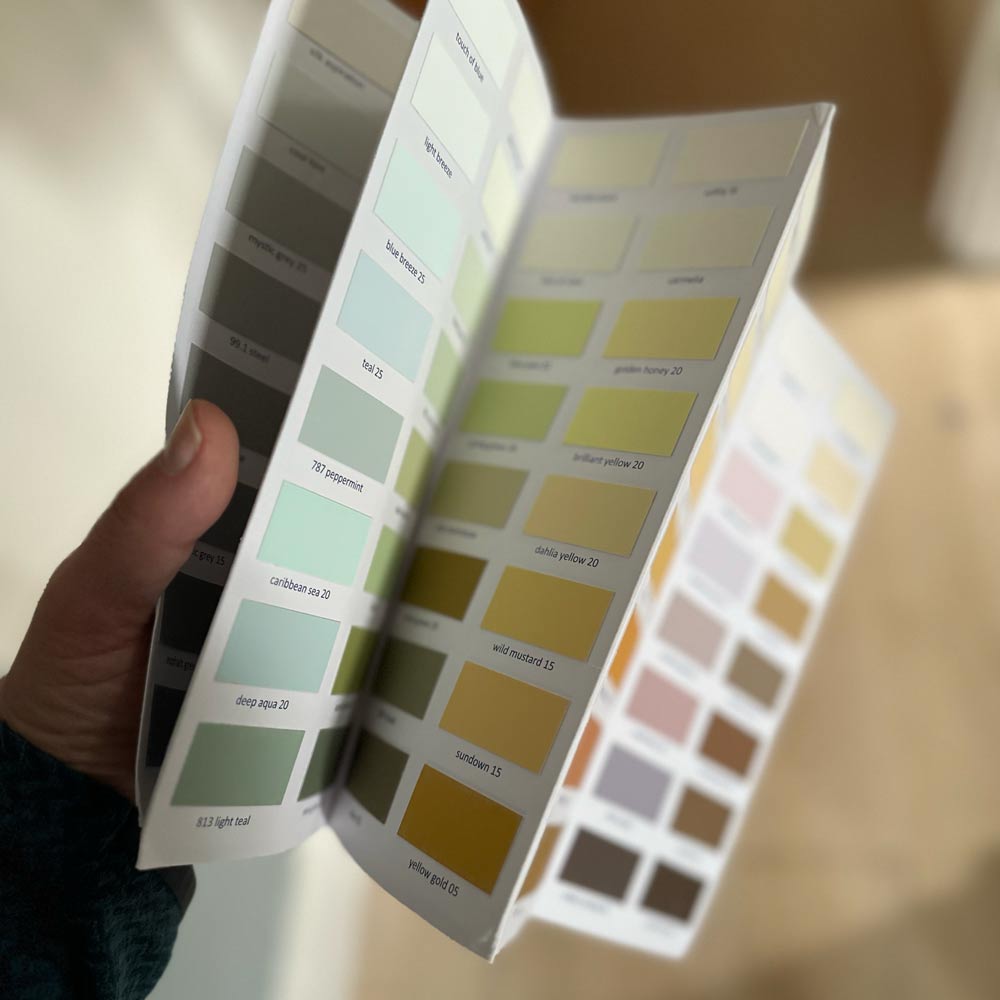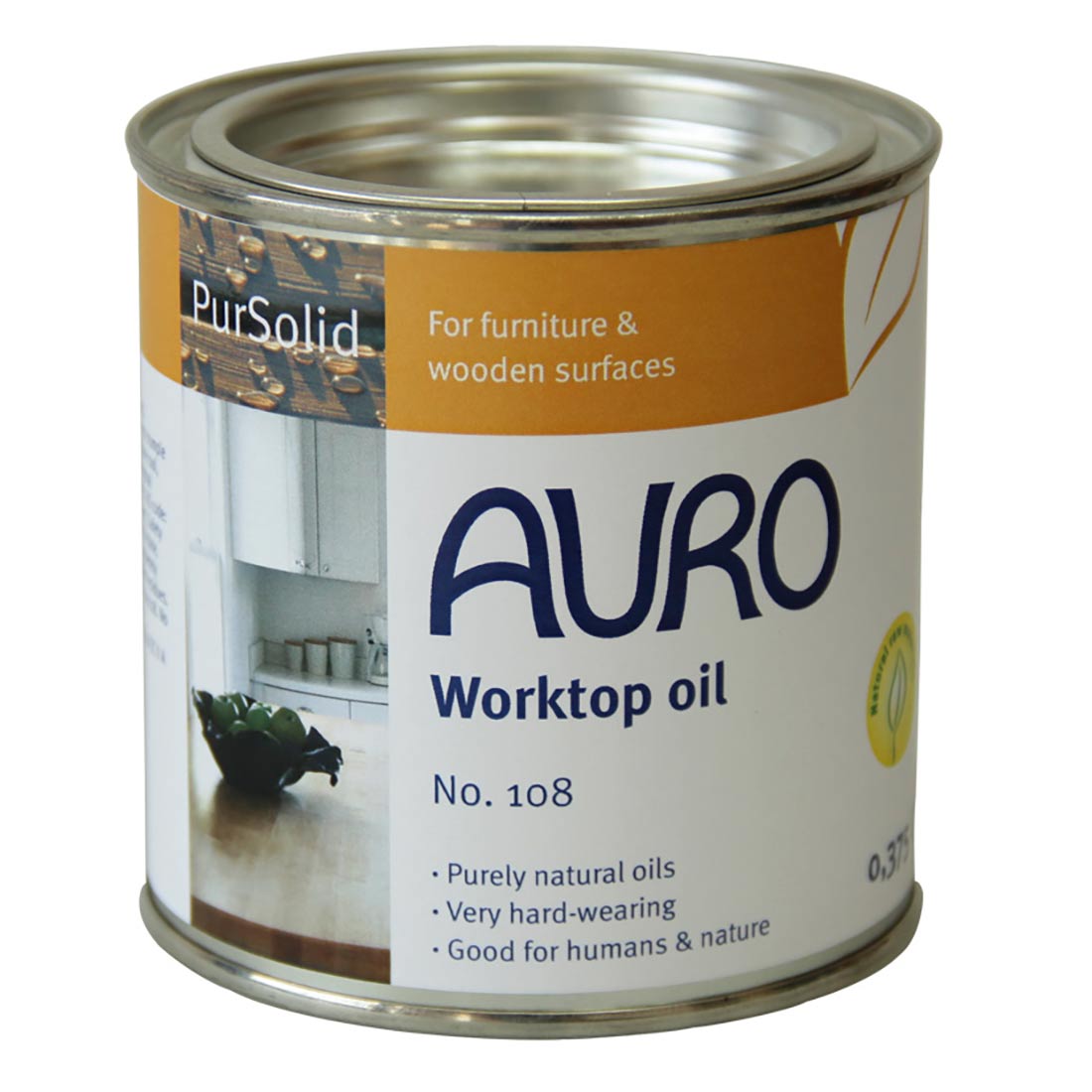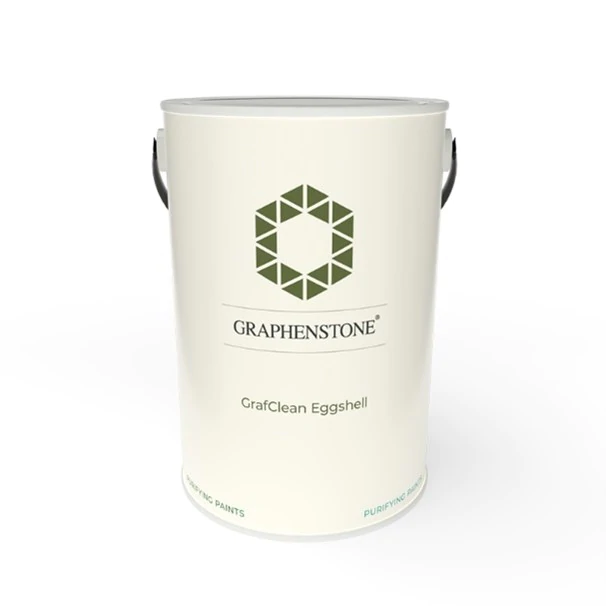If you have found yourself staring at the tiles in your bathroom or the backsplash tiles in your kitchen and wishing you could spice it up a bit? well here’s your chance! This is a very simple do-it-yourself project that instructs just how you can get paint to stick to tiles so that you could create a colourful pattern (such as adding a few blue tiles to that plain white tiled divider in the kitchen!) for a chic, new look – without having to replace the tiles themselves!
First, be sure to thoroughly clean your tiles. Then apply painters tape to the grout surrounding the tile and make sure it is secure – this will preserve your crisp edge around the tile.
After your tile is cleaned and the area is taped off, it’s time to take a small paint roller and apply primer to your tile. A paint roller will ensure a smoother application than a brush, and prevent your painted tiles from standing out in a bad way.
When the primer is set, it’s time to paint! Paint your primed tile whatever colour you desire. It’s recommended you use the Graphenstone Midsheen, so that the finish can shine alongside the other tiles in the set.
Of course, if you prime the tiles – you can do all sorts of effects with them. From sponging different colours for a marbled effect to panting with stencils to get cute letters or pictures inside every odd tile, you have a wide variety of options! Using this, you can add unique qualities to the tiles in your home without spending too much money to replace all of the tiling.
Updating your Kitchen – Modern Design & Renovation – A New Look
There’s no need to live with an out of date, shabby set of kitchen cabinets any longer! Updating your kitchen is as simple as refinishing the cabinets and perhaps adding some new hardware (e.g. knobs and handles). In the blink of an eye, you’ll feel like you’re standing in a modern, new kitchen.
Because the kitchen holds your food and dishes, be sure to use an organic, all natural wood paint such as a Natural Matte Silk for interiors. These natural paints are non-toxic and safe to use in an eating area. Paint gives you a host of decorative options in the kitchen, you can paint the walls and cabinets in complementary colours, or use the paint to create accent pieces that will draw the eye and wow visitors. You could even paint designs on your kitchen table after priming with an universal eco-friendly primer.
If your idea of a cozy kitchen includes rich wood and earth tones, you may prefer to use organic stains on your cabinets and furniture. If you merely want to revitalise the wood in your kitchen, easy to use oil wax impregnations are perfect for giving your dining area an instant facelift. Its use of vegetable oils, beeswax and resins allows it to penetrate and protect wood surfaces while staying safe enough to eat off of once dry. It’s often only necessary to use one coat, though you could add more for damaged areas.Your kitchen should be a gathering place, and is often referred to as “the heart of the home.” Whether your kitchen already suits that purpose, or you’re hoping it someday will, you’ll soon find it wasn’t as complicated as you feared to bring your kitchen up to a level you can be proud of!
What are Kitchen Work Triangles?
What do triangles and kitchens have in common? This might seem like a somewhat obscure question but it actually underlies the basis of kitchen design and ergonomics. Despite how much quality granite or marble you use to bring beauty and style to your kitchen, it still remains one of the most functional and used rooms in the house.
For this reason it’s imperative that their design incorporates the busy, hectic and often disorganised places that they often become when food is being prepared by being as ergonomic and efficient a space as possible. And for this you need to think in triangles.
THREE POINTS OF A TRIANGLE
A kitchen work triangle is a way of breaking a kitchen into three distinct areas that any cook will occupy and move between repeatedly (and often rapidly).
THESE ARE BROKEN DOWN AS FOLLOWS
1. Food storage: Fridge, freezer, food cupboards, food racks, larder
2. Food preparation: Worktops, chopping boards
3. Food cooking: Oven, hob, microwave
The ergonomics of any kitchen is defined by these three areas and their relative location to each other. In most cases they should form three points of triangle as you move between them. Objects that impede this triangle work against the efficiency of the kitchen space as a food preparation and cooking environment.
Of course there’s a lot more to kitchen design than drawing an imaginary triangle. In fact, the work triangle is just the foundation on which to build a practical working kitchen environment.
EVERYTHING IN ITS RIGHT PLACE
Ask any budding amateur cook about what frustrates them about their kitchen and they’re more than likely to mention storage. Being able to keep and store every utensil, pan, chopping board and electronic tool where they are most easily accessible is a tricky balancing act that can involve a large degree of experimentation.
Even the largest kitchens can experience problems with storage and the more adventurous or accomplished your cooking skills, the more utensils and gadgets you’re likely to have floating about in your kitchen work environment and the more likely it is that you find yourself scratching your head in frustration at where you put that spatula.
Good kitchens will often evolve with the preferred types and styles of cooking that takes place in them. If you’re often grinding up spices for a Moroccan tagine then it’s likely that your pestle and mortar will always be close to hand, perhaps occupying its own space on the worktop. If grinding spices isn’t your thing but you’re a master baker, then your food mixer is likely to have its own space on the worktop. The key lesson here is to experiment with what works best.
Of course sometimes, it just comes down to a matter of space (or lack of).
STORAGE TIPS
Unless you’re thinking of building an extension, you can’t change the dimensions of your kitchen and so you need to work with what you’ve got. In smaller kitchens this can be a real challenge. There are a number of clever ways to utilise space in a kitchen though by creating clever storage spaces.
HERE ARE JUST THREE IDEAS TO GET YOU THINKING:
- Wall Racks: Wall racks are the perfect way of making use of empty walls and allow you to hang large frying pans, saucepans and woks, freeing up valuable space in your drawers.
- Under Worktop Storage: If you have any under counter space that’s not being utilised then this should be first on your list. Breakfast bars are perfect for this.
- Overmantle: Dependent on wall height, overmantles can be the perfect way of storing those less common utensils and cooking implements. Perfect over the hob (but make sure you turn it off before reaching up for that casserole).
Kitchens can, and should, be one of the most beautiful rooms in the house and it’s likely that it could be the most frequently used rooms as well. As such, efficiency and ergonomics are paramount to its design. Think in triangles and get experimental with your storage and it won’t be long before your kitchen is working with you, not against you.
What To Look For in a Kitchen Paint?
When it comes to kitchen paint, a lot of brands fail to create one that is eco-friendly, safe and performs well. The focus is more on creating ideal paint for bedrooms, bathrooms, dining rooms, living rooms, which often leave the kitchen neglected. If you’re wondering why it’s so important to have great quality and a specific paint for the kitchen, then you’ll find the answers below.
If you look closely at the kitchen, you’d realise there is a lot going on in that room on a daily basis. There is heat from the stove and plenty of steam from the pots and pans. This can make the kitchen a hot and humid place that can lead to condensation and mould problems. To solve this, what you want from your paint is for it to be significantly breathable to avoid the buildup of moisture in the walls.
VIEW OUR RANGE OF NATURAL KITCHEN PAINT
In addition to this, cooking and frying can result in a lot of splashes of oil and gravy on the walls, cupboards, and countertops. To make sure you don't end up with permanent stains and high maintenance paint, please note you should look for one that is significantly washable and does not takes up a stain. The paint you choose must be significantly water-resistant so it does not end up absorbing the moisture, but rather allow the splashes to be wiped down easily, and be a tough grease and stain resistant paint. Moreover, the kitchen paint you choose should also not be scrubbed away while removing stains – meaning that it should have high resistance and flexibility in the busiest kitchens.
Another important point here is to opt for eco-friendly and natural paints over traditional paints. This is because you wouldn’t want your food to mingle with the toxic VOCs and other harmful emissions that escape from the surface of petrochemical paint. Paint plays a huge role in setting the tone of a room, which is why you should carefully explore your options before you settle for one.
Tips for Painting Your Kitchen
Before you take up a painting project, it is always a good idea to plan the whole thing out to avoid major mistakes and setbacks. Below, we have compiled some tips for you to get started.
Select a Paint Colour
There is a range of colours at your disposal when it comes to kitchen paints, but there are a few that immediately appeal to the aesthetics. Colours like orange, yellow, and respective shades are said to stimulate the appetite, which is why these are popular choices. You can also explore lighter shades of blue and green which set a nice and airy mood for the room.
Determine the Area You Need to Paint
Gauging and assessing the area that needs to be painted will help you in selecting the quantity of paint and finish you need. This will also prevent you from having too much leftover paint and save some money.
Clean, Mask and Cover
Thoroughly clean all the areas before you begin painting, including the cupboards, cabinets and all surfaces. After this, if you are not painting an empty kitchen, you should carefully cover up all present furnishings and appliances with a sheet to avoid getting unwanted paint on them. This will also help you save time and effort that would go into the cleanup. You should also add masking tape to the edges to get smooth edges and prevent the paint from crossing over to other regions.
What Choices Do You Have?
Graphenstone Paint For Kitchens
You might feel like you don't have many options when it comes to natural kitchen paint, but you might not need many options either. After all, you have to choose only one at the end of the day. If this one paint does what you're looking for a paint to do, you don't need to look any further anyway! One of the options available to you is Graphenstone Paint for kitchens. These paints are made of all natural ingredients, which makes it a safer and eco-friendly alternative to conventional paints and resist colour fading very well. They are are washable without the colour coming off too easily.
VIEW OUR RANGE OF NATURAL KITCHEN PAINT
Graphenstone eco paint incorporates graphene technology, which is responsible for some of its most appealing features and the formulation resists everyday cooking stains on your kitchen wall. Graphene technology gives the paint its superb durability, strength, and flexibility, which lets it tolerate tough scrubbing and washing. What’s more is that with all its amazing properties, you also have a range of colours to choose from to enhance the visuals of your kitchen. If you haven’t considered Graphenstone paint before, it would be a good time to do so now.


